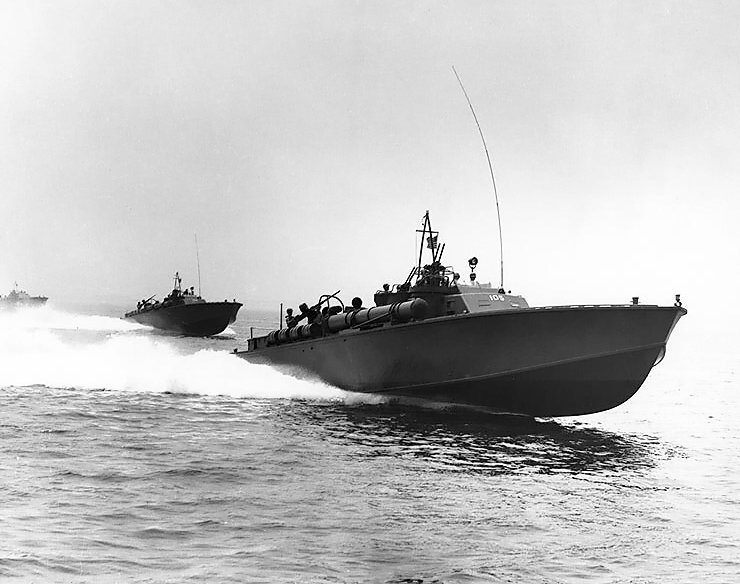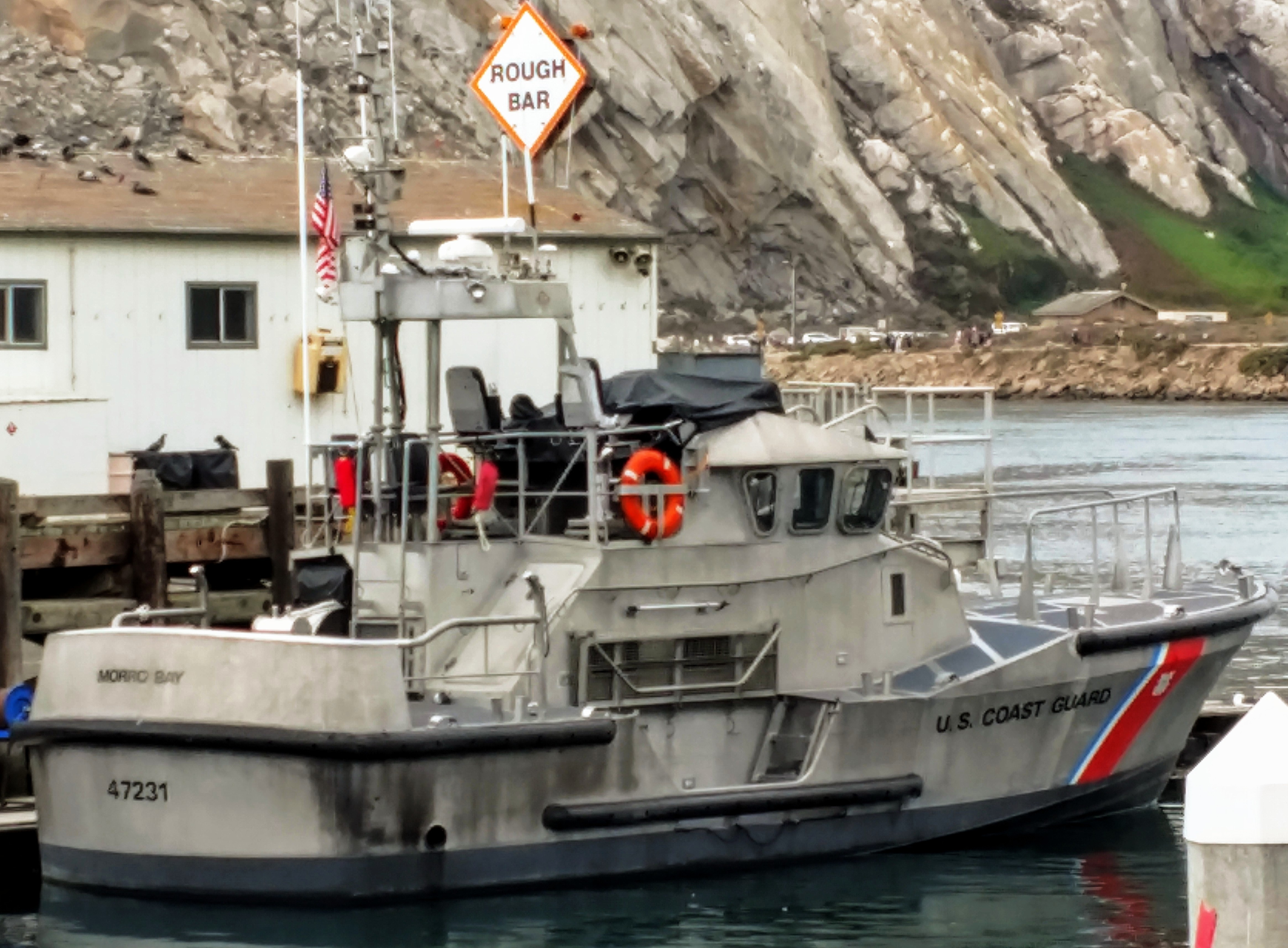|
Haitian Coast Guard
The Haitian Coast Guard, officially the Haitian Coast Guard Commission (French: ''Commissariat des Gardes-Côtes d’Haïti'') or G-Cd'H, is an operational unit of the Haitian National Police. It is one of the few law enforcement organisations in the world to combine water policing and coast guard duties while remaining as a policing unit. It operates primarily as a law enforcement agency, with secondary responsibilities in search and rescue. History The Haitian Coast Guard was formed in the late 1930s, 20 years after the disbandment of the Haitian Navy, and was equipped with two small picket boats named ''1'' and ''2'' and the 161-ton '' Sans Souci''. The latter was formerly the American yacht '' Captain James Taylor''. During World War II, six 83-foot cutters, named ''1'' through ''6'', were transferred from the US Coast Guard in 1942. Three 121-ton SC class submarine chasers, ''Touissaint L'Ouverture'', ''16 Aout 1946'', and ''Admiral Killick'', were transferred in 1947, alon ... [...More Info...] [...Related Items...] OR: [Wikipedia] [Google] [Baidu] |
Haitian National Police
The Haitian National Police (PNH; french: Police Nationale d'Haïti, , National Police of Haiti) is the law enforcement and ''de facto'' police force of Haiti. It was created in 1995 to bring public security under civilian control as mandated in Haiti's constitution. More than 8,500 police officers have completed training. The police force is divided into different divisions to tackle the many problems facing Haiti. Many of these divisions are specialised to address particular chronic crimes that affect the nation, including kidnapping, drugs and gangs. The force also has a Coast Guard and paramilitary units. The United Nations Stabilization Mission in Haiti has implemented a series of plans to increase the size of the police force to 14,000. History Under Jean-Claude Duvalier, the Haitian Police was part of the Haitian Army from 1912 and had 14,000 members divided between the blue-uniformed Port-au-Prince Police and the Rural Security Companies. Since 1987, successive governme ... [...More Info...] [...Related Items...] OR: [Wikipedia] [Google] [Baidu] |
PT Boat
A PT boat (short for patrol torpedo boat) was a motor torpedo boat used by the United States Navy in World War II. It was small, fast, and inexpensive to build, valued for its maneuverability and speed but hampered at the beginning of the war by ineffective torpedoes, limited armament, and comparatively fragile construction that limited some of the variants to coastal waters. In the USN they were organized in Motor Torpedo Boat Squadrons (MTBRONs). The PT boat was very different from the first generation of torpedo boat, which had been developed at the end of the 19th century and featured a displacement hull form. These first generation torpedo boats rode low in the water, displaced up to 300 tons, and had a top speed of . During World War I Italy, the US, and UK developed the first high-performance gasoline-powered motor torpedo boats (often with top speeds over ) and corresponding torpedo tactics, but these projects were all quickly disbanded after the Armistice. World Wa ... [...More Info...] [...Related Items...] OR: [Wikipedia] [Google] [Baidu] |
47-foot Motor Lifeboat
The 47-foot MLB is the standard lifeboat of the United States Coast Guard (USCG). The 47′ MLB is the successor to the 44′ MLB. At Station Chatham where the new 47-foot boat would draw too much to get over the bar, the 42-foot Near Shore Lifeboat was designed to replace the 44' MLB. The 47′ MLB is designed to weather hurricane force winds and heavy seas, capable of surviving winds up to , breaking surf up to and impacts up to three G's. If the boat should capsize, it self-rights in less than ten seconds with all equipment fully functional. The boat's hull and superstructure are constructed entirely from 5456 marine grade aluminum. Designed with a hard chined deep "V" planing hull, the 47′ MLB exceeds its hull speed. The frame is composed of 17 vertical bulkhead frames, each of which is welded to the deck and hull, and five of which are watertight. Employing "fly-by-wire" control systems, the boat can be operated from four different locations: two from the enclosed ... [...More Info...] [...Related Items...] OR: [Wikipedia] [Google] [Baidu] |
Go-fast Boat
A go-fast boat is a small, fast power boat designed with a long narrow platform and a planing hull. During the United States alcohol prohibition era, these boats were used in " rum-running", transferring illegal liquor from larger vessels waiting outside US territorial waters to the mainland. Their high speed enabled them to avoid interception by the law enforcement. The present conception of such boats is based largely on designs by Donald Aronow for offshore powerboat racing in the 1960s. During this period, these boats were also used by drug smugglers to transfer drugs across the Caribbean to the United States. Name Go-fast boats are also called "cigarette boats" and "cigar boats"—references to their shape, though some report that they are references to items they were used to smuggle. "Cigarette boat" is especially popular because it is a brand name for a line of go-fast boats that popularized and largely defined the class in the 1960s, made by Don Aronow's Cigarette ... [...More Info...] [...Related Items...] OR: [Wikipedia] [Google] [Baidu] |
Jacmel
Jacmel (; ht, Jakmèl) is a commune in southern Haiti founded by the Spanish in 1504 and repopulated by the French in 1698. It is the capital of the department of Sud-Est, 24 miles (39 km) southwest of Port-au-Prince across the Tiburon Peninsula, and has an estimated population of 40,000, while the commune of Jacmel had a population of 137,966 at the 2003 Census. The town's name is derived from its indigenous Taíno name of ''Yaquimel''. In 1925, Jacmel was dubbed as the "City of Light," becoming the first in the Caribbean to have electricity. The city is known for its well-preserved French Colonial architecture built in the early 19th century. The town has been tentatively accepted as a World Heritage Site. It sustained damage in the 2010 Haiti earthquake. History The town was founded by the ''Compagnie de Saint-Domingue'' in 1698 as the capital of the southeastern part of the French colony Saint-Domingue. The area now called Jacmel was Taíno territory, part of the Xaragua ch ... [...More Info...] [...Related Items...] OR: [Wikipedia] [Google] [Baidu] |
Cap-Haïtien
Cap-Haïtien (; ht, Kap Ayisyen; "Haitian Cape"), typically spelled Cape Haitien in English and often locally referred to as or , is a commune of about 190,000 people on the north coast of Haiti and capital of the department of Nord. Previously named ''Cap‑Français'' ( ht, Kap-Fransè; initially ''Cap-François'' ht, Kap-Franswa) and ''Cap‑Henri'' ( ht, Kap-Enri) during the rule of Henri I, it was historically nicknamed the ''Paris of the Antilles'', because of its wealth and sophistication, expressed through its architecture and artistic life. It was an important city during the colonial period, serving as the capital of the French Colony of Saint-Domingue from the city's formal foundation in 1711 until 1770 when the capital was moved to Port-au-Prince. After the Haitian Revolution, it became the capital of the Kingdom of Haiti under King Henri I until 1820. Cap-Haïtien's long history of independent thought was formed in part by its relative distance from Port-au-Pri ... [...More Info...] [...Related Items...] OR: [Wikipedia] [Google] [Baidu] |
Patrol Boat
A patrol boat (also referred to as a patrol craft, patrol ship, or patrol vessel) is a relatively small naval vessel generally designed for coastal defence, border security, or law enforcement. There are many designs for patrol boats, and they generally range in size. They may be operated by a nation's navy, coast guard, police, or customs, and may be intended for marine (" blue water"), estuarine ("green water"), or river (" brown water") environments. Per their name, patrol boats are primarily used to patrol a country's exclusive economic zone (EEZ), but they may also be used in other roles, such as anti-smuggling, anti-piracy, fishery patrols, immigration law enforcement, or search and rescue. Depending on the size, organization, and capabilities of a nation's armed forces, the importance of patrol boats may range from minor support vessels that are part of a coast guard, to flagships that make up a majority of a navy's fleet. Their small size and relatively low cost make ... [...More Info...] [...Related Items...] OR: [Wikipedia] [Google] [Baidu] |
Vedette (sentry)
A vedette is a mounted sentry or picket, who has the function of bringing information, giving signals or warnings of danger, etc., to a main body of troops. In modern terms, the soldiers who man listening-posts are the equivalent of vedettes. Naval Navies use the term ''vedette'' to refer to a small scouting or patrol boat. The term has also been used for specific naval vessels (see USS ''Vedette''), and a class of flying boat (see Canadian Vickers Vedette). Structures All around Salisbury Plain in southern England, the roads connecting the plain with the surrounding countryside feature brick-built guard-posts, manned by security officers whenever there is military activity beyond such points. They are known as vedettes, and each one is named for a local geographic feature. The Gardjola is a prominent guard tower A guard tower is any military tower used for guarding an area. These towers are usually operated by military personnel, and are structures built in areas of esta ... [...More Info...] [...Related Items...] OR: [Wikipedia] [Google] [Baidu] |
Killick
Killick (formerly the Admiral Killick Haitian Navy base;''Washington Post''"Coast Guard cutter delivers medical supplies, help; 'we saved a lot of lives'"Spencer S. Hsu, 15 January 2010 (accessed 22 January 2010)'' also called Point Killick'') is the Haitian Coast Guard base in Port-au-Prince. It is the main base for the Coast Guard. It is the other port for the city, aside from the main Port international de Port-au-Prince. It is located about 10 miles outside of downtown Port-au-Prince, and is about a century old. The base is named after Admiral Hammerton Killick of the Haitian Navy, who scuttled his own ship, the '' Crête-à-Pierrot'', a 940-ton screw gunship, by igniting the magazine, and went down with the ship, instead of surrendering to German forces, in 1902, at Gonaïves, Haiti. Facilities The base is approximately an acre in size.''Keys Net''"Key West-based 'Mohawk' crew: 'We felt their pain' in Haiti"Sean Kinney, 27 January 2010 (accessed 28 January 2010) The port fa ... [...More Info...] [...Related Items...] OR: [Wikipedia] [Google] [Baidu] |





